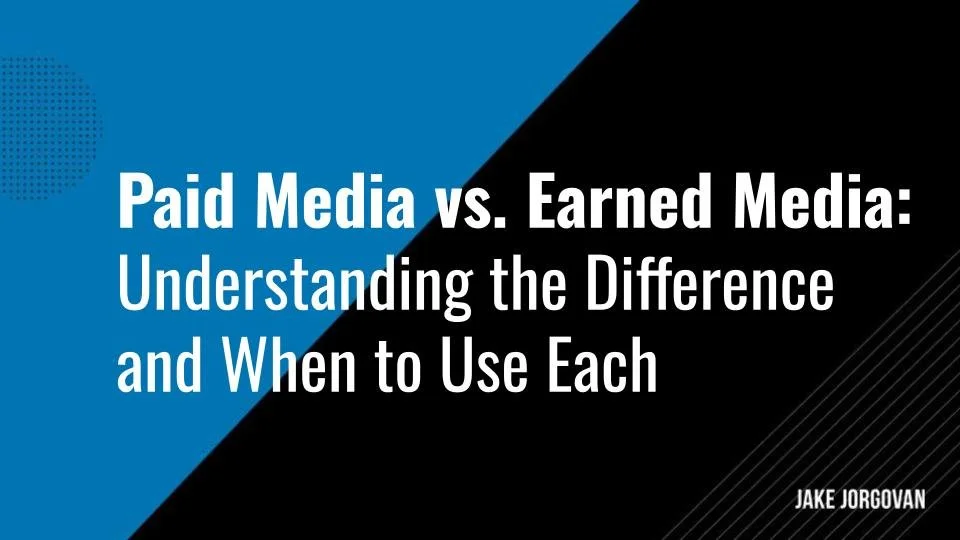Why AI in Paid Media Optimization is Key for 2025 Campaigns
Artificial intelligence is reshaping digital advertising at a fast pace.
Recent statistics reveal that AI has become integral to marketing operations, with 69.1% of marketers having incorporated AI technologies in their strategies.
It automates processes, optimizes targeting, and improves ad performance.
This shift leads to better efficiency and measurable results.
In this article, we’ll cover:
How AI enhances campaign optimization
AI’s role in generating creative content
The rise of predictive analytics and its benefits
Ethical considerations for AI in advertising
Keep reading to learn how AI can make your paid media strategies more effective and future-proof.
Fundamentals of AI in Paid Media
In paid media, three AI technologies stand as foundational pillars:
1. Machine Learning (ML)
Machine Learning algorithms enable systems to learn from data and improve performance autonomously.
In paid media, ML refines ad placements and bidding strategies by analyzing vast datasets like user behavior and market trends.
This leads to more efficient ad spend and higher ROI.
2. Predictive Analytics
Predictive analytics employs statistical models and ML to forecast future consumer behaviors.
In paid media, it anticipates trends and user actions.
his allows marketers to optimize targeting and budgeting decisions. Predictive insights make campaigns proactive rather than reactive.
3. Natural Language Processing (NLP)
NLP allows machines to understand and interpret human language.
In paid media, NLP enhances ad relevancy through analysis of user queries, social media interactions, and content. This enables precise keyword targeting, sentiment analysis, and personalized messaging.
As a result, audience engagement and conversion rates improve.
These concepts collectively enable more automated, accurate, and efficient management of paid media campaigns, driving better outcomes through data-driven insights.
Campaign Optimization with AI
AI automates campaign optimization by dynamically adjusting bids and targeting in real time, leveraging massive datasets.
Google’s Smart Bidding tools, for example, analyze factors like device, location, and likelihood of conversion to optimize bid amounts automatically.
This ensures ads target high-value users, maximizing conversions without manual oversight.
Google's Performance Max (PMax) campaign pushes this further by automating the entire ad process—from asset creation to audience targeting, significantly increasing conversions by up to 18% compared to traditional campaigns.
Meta’s Advantage+ similarly uses AI to automate ad variations and optimize asset delivery to different audiences, fine-tuning creative content and targeting based on real-time performance data.
This approach results in more efficient ad spend and improved return on ad spend (ROAS).
These AI systems also adapt to shifting market conditions and user behavior, allowing campaigns to stay agile and relevant
Here is how to optimize paid media campaigns using AI:
Implement smart bidding: Use AI-driven smart bidding strategies like Google's Smart Bidding to automate bid adjustments based on real-time data, maximizing conversion rates.
Leverage predictive analytics: Employ predictive analytics to forecast user behavior and optimize ad targeting. This can help anticipate consumer actions and tailor campaigns accordingly.
Use dynamic creative optimization (DCO): Implement DCO to automatically adjust ad creatives based on user interaction data, ensuring the most relevant and engaging content is displayed.
Optimize across channels: Use AI to manage and harmonize campaign strategies across multiple digital platforms, from social media to email marketing, ensuring a consistent and cohesive brand message.
Monitor and adjust in real-time: Continuously track campaign performance and make real-time adjustments. AI can identify trends and anomalies quickly, allowing for rapid response to market changes.
Pro tip: Set up automated A/B tests for audience segmentation. Let AI run simultaneous tests on different audience slices using various ad creatives and formats.
Track performance in real-time, then reallocate the budget to the best-performing combinations. This ensures you're spending efficiently while continually refining your targeting precision.
Several prominent brands have showcased significant improvements in ad visibility through innovative campaigns:
Kellogg's improved its ad visibility to over 70% using programmatic buying through Google's DoubleClick platform. By optimizing ad frequency and targeting, they enhanced the effectiveness of their media buys by 2-3x. This approach allowed them to deliver personalized messages to the right audience, increasing engagement and overall ad performance.
Foodpanda implemented a campaign using The Trade Desk's platform in a highly competitive online food delivery market in Asia. By focusing on multi-device programmatic buying, they achieved a 4% lift in awareness for their reusable packaging solution, indicating the brand's successful differentiation and increased consumer awareness.
Creative Content Generation
AI in ad content creation uses generative models to automatically produce and refine text and visuals.
It analyzes performance data to identify successful elements, and then integrates these insights to optimize content for higher engagement and conversion rates.
This process ensures ads remain both relevant and compelling to target audiences.
Here to use AI for generating creative content in paid media campaigns:
Automate copy variations: Use AI tools to generate multiple versions of ad copy quickly, ensuring that each version is tailored for specific audience segments based on behavior and demographics.
Leverage dynamic creative optimization: AI tools can automatically modify visuals and text based on real-time performance, delivering the most engaging content to each user.
Use natural language processing (NLP): AI-powered NLP tools can refine ad messaging by analyzing sentiment and optimizing tone for better audience resonance.
AI-driven visual creation: Generate visuals like banners or dynamic images using AI, which adjusts assets based on user interaction data for maximum engagement.
Pro tip: Test AI-generated visuals on different audience segments. Let the AI create variations of images or videos tailored to specific groups. Track which creatives resonate most, then iterate based on real-time data.
By continually refining visuals this way, you can boost engagement without relying on subjective design decisions.
Enhanced Targeting and Personalization
AI enhances consumer engagement by analyzing vast data sets to deliver highly personalized messaging.
It dynamically adjusts ads in real time based on user preferences and behaviors, ensuring relevance.
This personalized approach increases interaction rates and conversion, as users are more likely to respond to content that directly resonates with their needs.
Here is how to use AI for analyzing user data and enabling hyper-targeted ad experiences:
Segment audiences dynamically. AI tools automatically segment users based on behavior, demographics, and purchase history, allowing for precise targeting with minimal manual input.
Real-time data analysis. Leverage AI to analyze user interactions in real time, refining ad content and targeting to match current engagement trends.
Behavioral predictive models. Use AI-driven models to predict future consumer actions and adjust ad targeting based on anticipated behaviors.
Personalized messaging. AI personalizes ad content by analyzing past user behavior, ensuring that each message aligns with individual preferences.
We also recommend using AI to identify micro-behaviors, like page scroll depth or time spent on specific sections, and segment users accordingly.
Serve hyper-targeted ads based on these nuanced interactions.
This granular analysis allows for deeper personalization, leading to more accurate targeting and higher engagement than traditional methods that rely on broader behavioral patterns.
Multichannel Marketing Optimization
A unified AI-driven approach streamlines multichannel marketing by synchronizing paid search, social media, and email efforts.
AI ensures consistent messaging across channels while analyzing user data in real time.
This enables seamless optimization, reducing redundant spending and improving overall campaign efficiency by targeting users with the right content at the right moment.
Here is how to use AI in orchestrating cohesive marketing strategies across various digital platforms:
Centralized data management: Use AI to integrate and analyze data from all channels—social media, email, paid search—into a single platform. This ensures a unified view of customer interactions and behavior, enhancing targeted strategies.
Automated content adaptation: Implement AI systems that automatically adjust messaging and creatives based on the platform's unique characteristics and audience preferences. For instance, shorter, more visually engaging content for Instagram and detailed articles for LinkedIn.
Cross-channel attribution: Use AI to track and attribute conversions across channels accurately. This helps in understanding which interactions contribute to conversions, allowing for better allocation of marketing spend.
Predictive customer journeys: Deploy AI to predict future customer paths and automate personalized engagement strategies across channels. For example, if a user frequently engages with email content but not social ads, AI could increase email interactions while reducing social spend.
Real-time optimization: Leverage AI to monitor campaign performance in real-time and make immediate adjustments across channels. This could mean shifting your budget towards higher-performing channels or tweaking ad delivery schedules based on engagement patterns.
You can set up AI-driven budget reallocation across channels.
Allow AI to automatically shift the spend from low-performing platforms to high-engagement ones in real time.
This reduces waste and improves ROI by continuously optimizing campaigns based on data.
Track this weekly to ensure it aligns with long-term objectives across platforms.
Ethical Considerations and Privacy Issues
AI-driven advertising raises ethical concerns, such as biased targeting that can lead to discriminatory practices.
Privacy issues also emerge as AI collects and analyzes massive amounts of user data, often without explicit consent.
Striking a balance between personalization and privacy protection is necessary to maintain user trust and regulatory compliance.
Here are guidelines for responsible AI use in advertising:
Data transparency: Clearly inform users about the type of data collected and how AI will use it in campaigns. Obtain explicit consent when processing personal data.
Bias mitigation: Regularly audit AI algorithms to identify and correct any biased targeting or discriminatory outcomes in ad delivery.
Privacy protection: Minimize data collection to what is necessary for campaign performance and prioritize anonymized datasets to protect user identities.
Compliance with regulations: Ensure adherence to local and global privacy laws, such as GDPR and CCPA, by keeping updated on legal requirements.
User control: Provide users with opt-out mechanisms, allowing them to control how their data is used in advertising.
Try implementing a 'privacy by design' strategy in your AI systems.
Embed privacy considerations into the development phase of your AI models rather than as an add-on.
This proactive approach ensures that privacy respects user data from the outset, reducing compliance risks and boosting consumer confidence.
Future Trends and Innovations
Emerging AI technologies in paid media advertising include quantum computing for faster data processing and optimization, augmented reality ads for immersive experiences, and AI-driven voice and visual search integration.
These exciting innovations promise precise targeting and highly interactive ads that significantly enhance user engagement and campaign performance.
And they will make AI an even more indispensable tool in crafting effective, responsive, and responsible marketing strategies.
Here are predictions on how AI will continue to evolve and influence marketing:
Enhanced personalization: AI will refine its capability to personalize at an individual level, leveraging deep learning to predict user preferences with greater accuracy.
Autonomous media buying: AI will advance to fully automate media buying, removing human biases and errors, optimizing budgets in real-time across multiple channels.
Voice and visual integration: The rise of voice search and image recognition will see AI integrating these technologies into paid advertising, creating seamless user experiences from visual or spoken queries.
Emotion AI: AI will increasingly use emotional recognition to tailor ads based on the viewer's current mood or reactions, enhancing engagement.
Ethical AI governance: As AI's role in marketing grows, so will the frameworks and regulations governing its ethical use to prevent misuse and protect consumer privacy.
Maximizing Paid Media Success with AI: Efficiency, Precision, and Future Growth
AI is transforming paid media campaigns by automating complex tasks, improving targeting accuracy, and enhancing personalization.
It analyzes vast amounts of data in real-time, optimizing bid strategies and creative content with precision. This drives efficiency and better ROI.
Businesses that adopt AI-driven strategies gain a competitive edge by leveraging smarter, data-informed decisions.
The future of paid media will increasingly rely on AI for seamless multichannel integration, deeper personalization, and ethical data management, making it an indispensable tool for marketers aiming for growth.
So, start using it today to skyrocket your ROAS and ensure consistent performance.
🎯 Ready to learn more? Recommended reads:

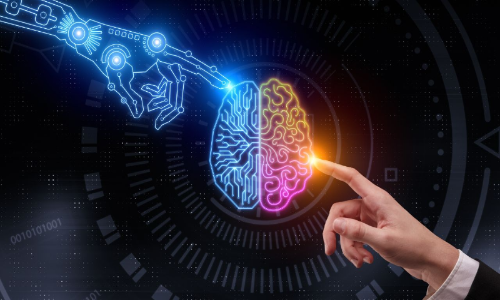











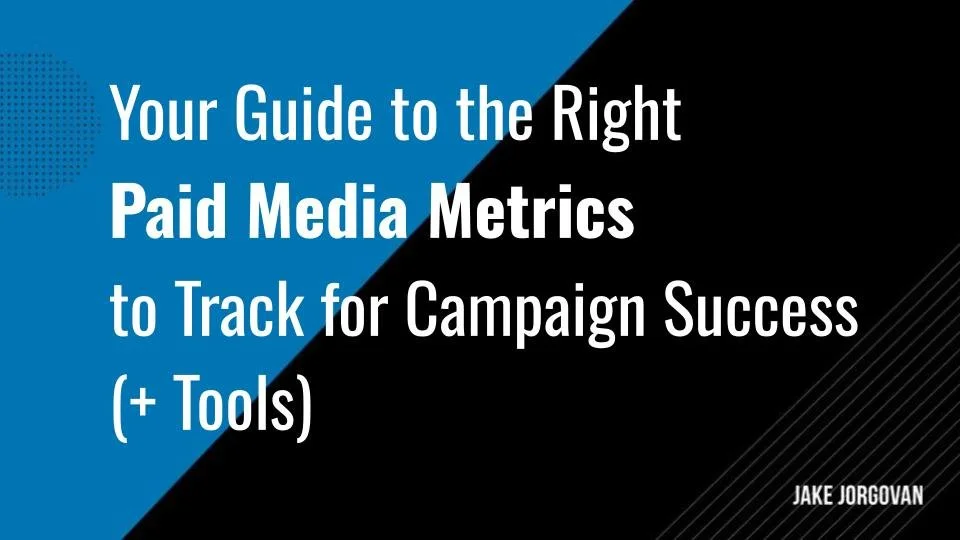



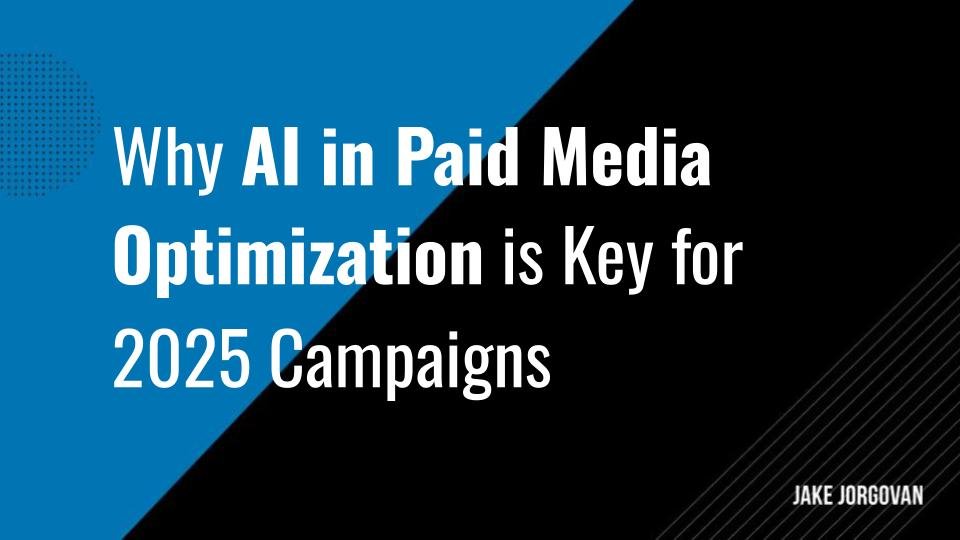
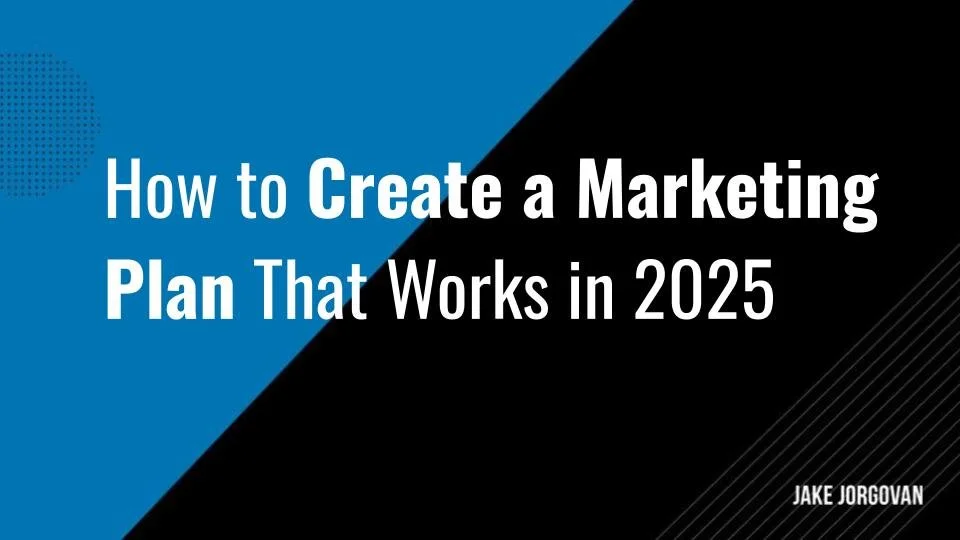
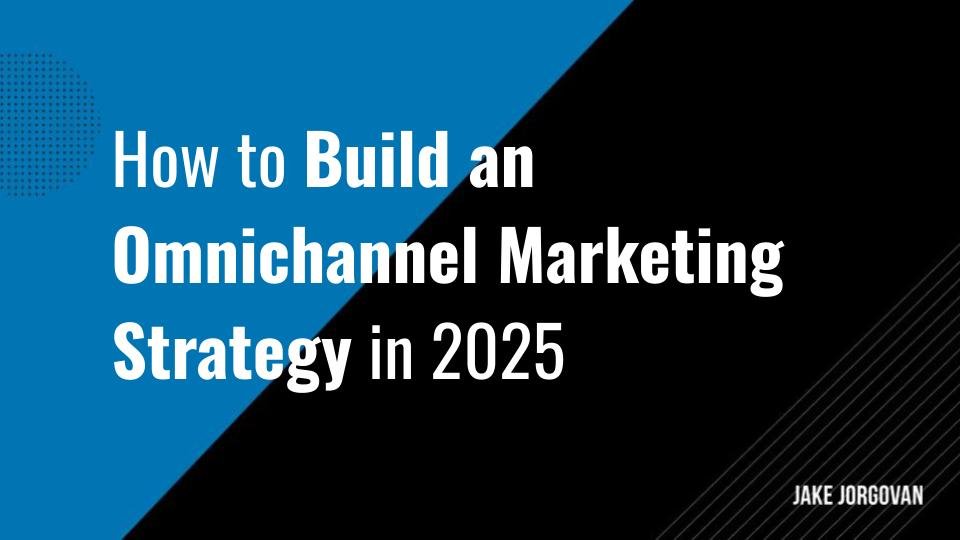

![Top 22 Paid Media Agencies to Work With in 2025 [Updated in March]](https://images.squarespace-cdn.com/content/v1/50baa49de4b0e51d69257e33/1705515561307-56Z45GN80B4L6J77ELDR/Top+12+Paid+Media+Agencies+to+Work+With+in+2024+%5BUpdated%5D.jpg)







